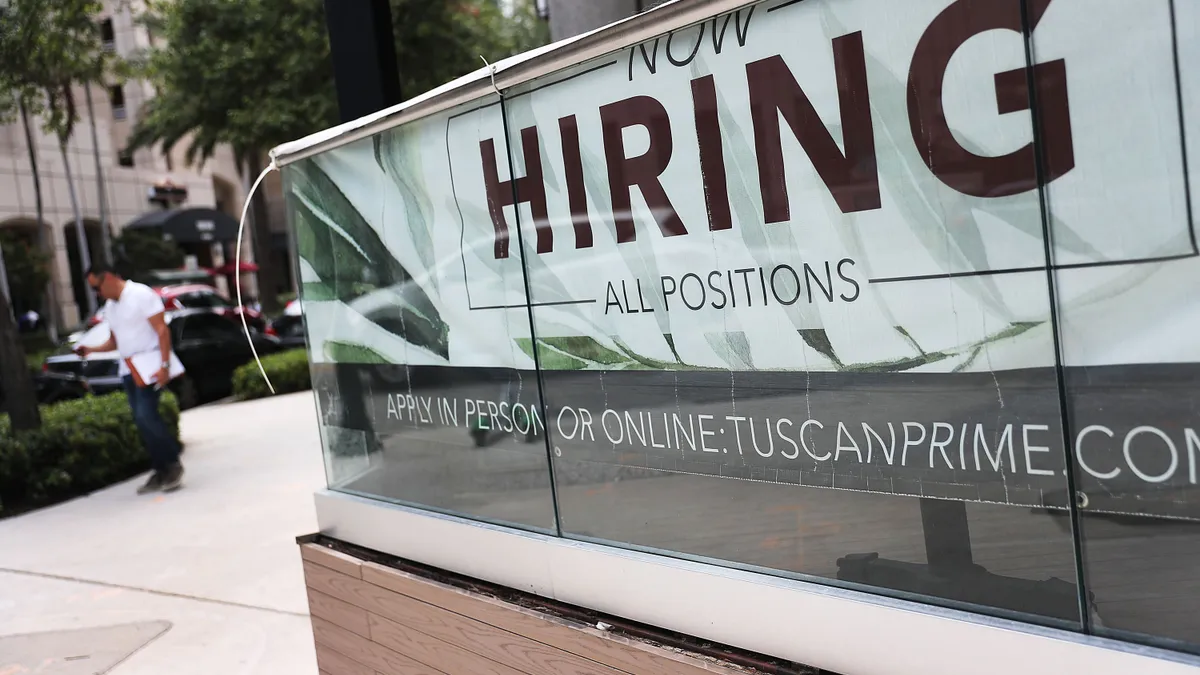For 48% of organizations, building a talent pipeline is their top priority for 2024, according to a Feb. 14 report from Symphony Talent, a talent acquisition platform.
However, 68% said they find it challenging to reach the right target audience during recruitment.
“In today’s rapidly changing job market, it’s increasingly important for organizations to have access to actionable insights to make informed decisions about their talent acquisition strategies,” Kermit Randa, CEO at Symphony Talent, said in a statement.
In a survey of 450 HR and talent acquisition professionals from various industries, 47% cited manual systems and processes as their top challenge when connecting with talent. Only 22% said their accessibility to data at the earliest stages of talent engagement was “excellent.”
About 73% of C-level executives said talent assessments helped them to find higher-quality hires. At the same time, 45% of leaders said assessments can create friction in the hiring process.
In addition, retention requires a multifaceted approach, according to the report. About 86% of organizations reported having an employee referral program, and 70% use an internal career site to communicate open positions to employees and encourage internal mobility.
Talent acquisition teams are building talent pipelines to prepare for an economic rebound, according to a survey by recruiting solutions firm Gem. To find quality candidates, talent professionals are relying on their tech stacks and using data to locate the best hiring sources.
Internal hiring can play into the talent pipeline as well. Although the practice has fallen in recent years, internal hiring often saves money and boosts retention, according to a report from The Josh Bersin Co. Leaders may need to consider departmental “talent hoarding” and develop incentives to encourage internal hiring and cooperation across the company.
As part of this, employers should review their internal practices. Many employees are looking for their next opportunity outside of their current organization due to perceived unfairness in internal hiring, according to a Gartner report. To increase transparency, leaders can use tech to improve awareness of internal opportunities, provide more access to opportunities through professional coaching and encourage support for career mobility by empowering managers to share career pathways with their direct reports.











